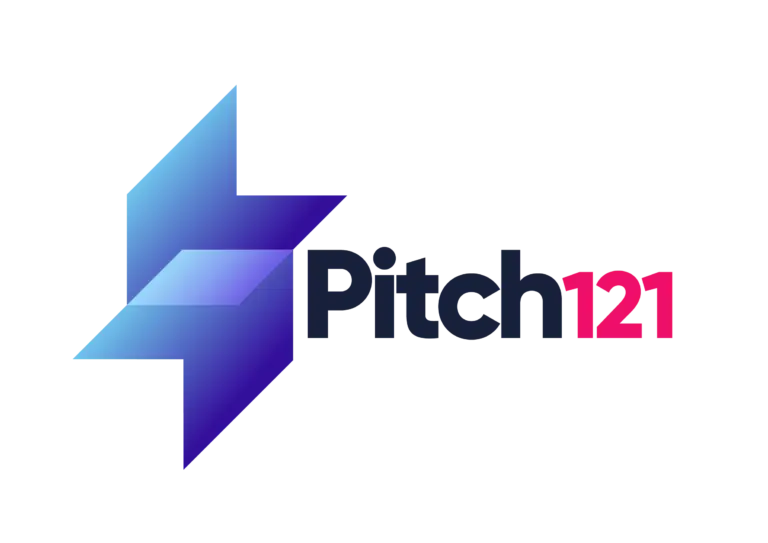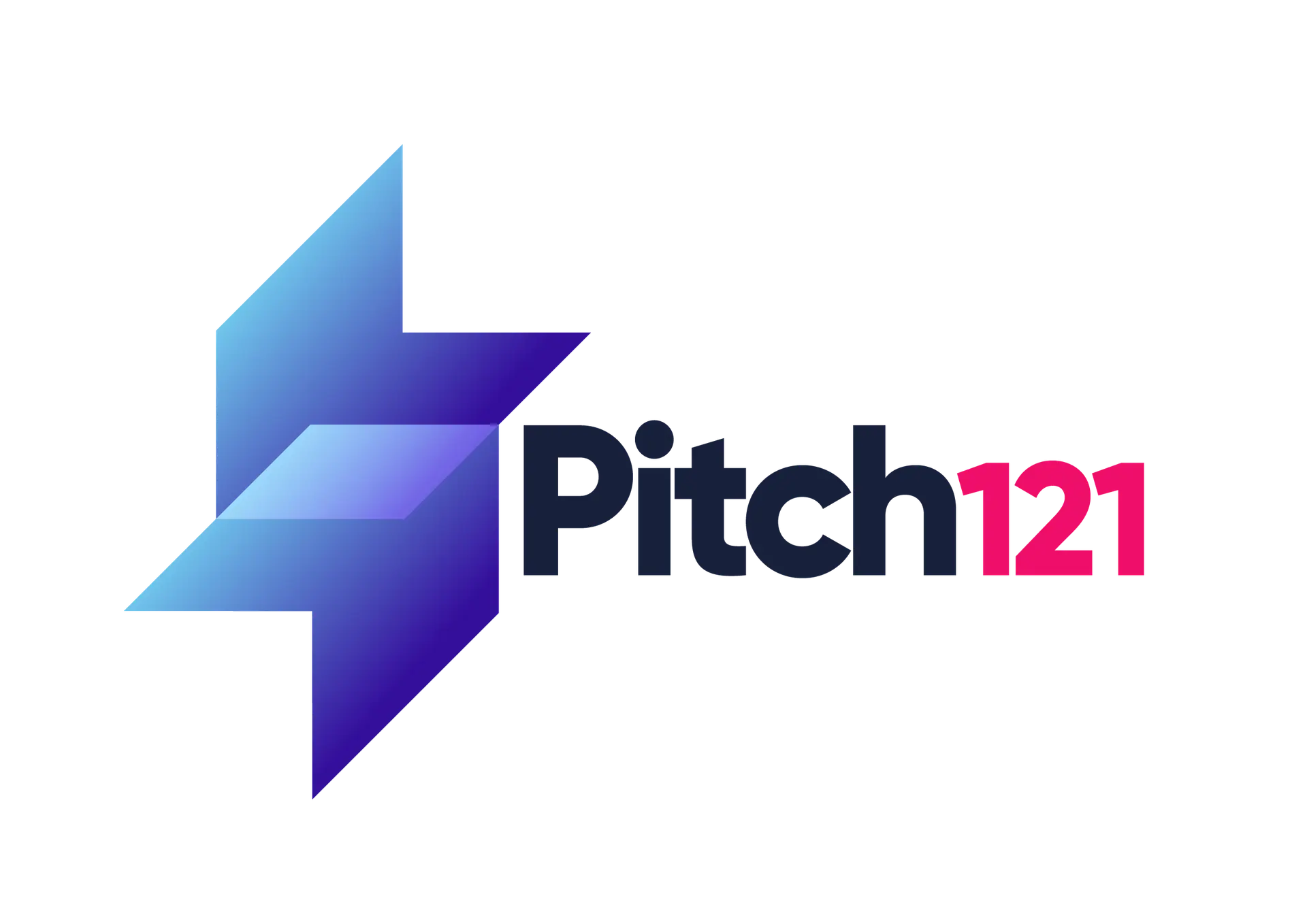Two of the most popular marketing tactics right now are account-based marketing and marketing automation. Both approaches have their own advantages and disadvantages but can be used in conjunction with each other to increase B2B lead generation rates.
This article outlines what they are and what are the main differences so that you can apply these tactics to generate more revenue for your business. We will look at social media, email and your website.
What is Account-Based Marketing (ABM)?
One of the most significant changes in the industry over the last few years has been account-based marketing (ABM). This change includes a shift from an outbound to an inbound approach as well as account-focused content.
ABM requires sales and marketing to work closely together on a shared, and usually short, target list of companies.
All of the content that marketing create is intended for this specific audience, and the sales people build relationships with these individuals.
The result is that inbound leads are closer to the agreed targeting than with traditional marketing campaigns and marketing content has greater reach. Sales people are able to distribute and discuss content that is relevant to their decision makers and influencers at different points in the buying journey.
From a sales perspective, it is still a people-first approach, one-to-one. The content coming from your brand can be personally delivered through sales outreach.
Successful sales people are no longer ‘always closing’, instead they are adding value and gaining trust. We call this ‘Profile Based Marketing’ and it is an important building block of your Account Based Marketing Strategy.
Once the sales team inform marketing on the target accounts they have gained the most traction with, marketing can create even more specific and niche content.
At Pitch121, we carefully score an individual stakeholder based on interaction, eg. you like their post is 2 points, but if they like your post, that is 8 points. If they accept your connection request, it is 10 points, and if they sign up to a webinar is 50 points.
As you are engaging with multiple stakeholders, it makes sense to collate this at a company level. Pitch121 create an ‘Account-Based Report’ made up of all the conversations and interactions you have had with individual stakeholders and pull this into a company list. We filter by either the most connected or the most engaged at the top of the list.
This list gives marketing the names of the top 20 companies by engagement.
This means marketing can create specific content for those a little further down the funnel, (eg. case studies of similar companies, or a product comparison piece for agencies).
The alternative list gives marketing the names of the top 20 companies by numbers of connections.
Knowing the top companies by the number of stakeholders you are most connected with, means sales have the ability to message them, but they are yet to deepen the relationship.
These companies may benefit more from some niche top of funnel content to increase the engagement, (eg. why would digital agencies use ABM? or When building an agency brand, these are the 3 mistakes to avoid)
This is why the ABM report always have the top companies by the number of connections each profile has gained within the target company, AND those companies that are most engaged.
Lead scoring is usually a marketing automation approach but at Pitch121 we use it for Account Based Marketing as well.
What is marketing automation?
Marketing automation works by leveraging data from your website and social profiles as well as customer interactions with lead forms across the internet to create a holistic view of your prospect through the entire account life cycle.
Marketing automation is the process of automating the actions that a marketer would take to create, send, and track an email campaign. It is typically ‘brand to many’ whereas Account Based Marketing is much more ‘one to one’ creating personalised campaigns for individual or companies.
The main difference between these two approaches is how they use data. Marketing automation relies heavily on data from past campaigns to create future efforts which can be less personal than account based marketing. It relies less on the sales people but will generate leads to ‘pass over to sales’.
According to The LinkedIn Algorithm Report 2021 by Richard van der Blom, 85% of potential clients are no longer willing to exchange data for a piece of content. With ungated content rightly becoming the norm, the ability for your platform to track activity from end to end is needed to maintain the personalisation of marketing automation.
Where you have individual relationships, you are able to personally share the content with someone in a private message or email. Track this ‘interest’ in your content means that sales can follow up with them to get their thoughts and continue the conversation.
For further tracking, you can also add a link to a SmartLinks which will give you tracking from their LinkedIn profile ID without the need for a gate on the content. We have found this works better with later funnel (ie. they already have your trust and are genuinely interested to read the content) rather than early stage content sharing.
Is marketing automation bad?
Absolutely not. If you can automate actions based on specific scenarios you are going to be able to deliver the right message at the right time. It is a great way to stay front of mind and get your excellent content out there.
Account-based marketing is much more focused on account level visibility and becoming ‘almost famous’ in target accounts.
Marketing automation does account level targeting but with less personalisation and individual targeting capabilities. This means it is well suited to large, homogeneous markets.
Account based marketing tends to be suited to larger contracts and competitive markets.
How can Account Based Marketing and Marketing Automation be combined?
Account based marketing requires a longer sales cycle to generate the results it needs. Typically whoever is leading on sales must have multiple interactions with each account before generating interest.
This is time-consuming and so there is potential for some kinds of automation to assist with ABM approach.
What automation can help Account Based Marketing or Account Based Selling?
Using LinkedIn’s premium account, Sales Navigator helps to manage the accounts you want to engage by saving the stakeholders (influencers and decision markers) into lists.
This gives you a Home Feed with only target individuals in it. It is quite different to the home feed on LinkedIn.com which includes 1st degree, followed individuals, comments from 1st degree and adverts. Sales Navigator’s home feed contains only the stakeholders in the target accounts.
Monitoring any activity from these individuals such as mentions in the news and job promotions gives you the timing, and the reason to spark up a conversation. You can also filter that home feed to types of activities.
At Pitch121, our favourite filter is the ‘lead shares’ which gives us the individuals who have just published a post on their personal LinkedIn profile. This gives us the ability to view the post (in Sales Nav), ‘like’ the post, comment if relevant, and use that as a reason to connect with our stakeholder.
“Your post just came up in my feed. I gave it a Like! I’d like to stay in touch. Laura”
This means that people who you want to start a relationship feel less like they will be sold to. Most people hate to be sold to on LinkedIn, but they are looking to do business and network.
This way, their post has prompted the connection, (which is also a little flattering). It makes your approach look more like serendipity than making them feel targeted.
Automating that actually gives a better experience as you would want to connect on the same day as the post was published. Leaving it to say, I saw your post from 2 weeks ago is far less effective.
Providing you continue the conversation in a light and breezy way, showing interest in them, then there’s every chance you can develop this conversation.
Here comes the next piece of automation.
Golden rules of networking. You want to show interest in them, and give first.
Now they are connected, you ought to continue engaging with their content.
You can keep them in sales navigator, liking their posts.
At Pitch121, we unsave them, to make space for new targets. Instead we scroll down the home page of LinkedIn.com liking the posts of those that are in target companies, skipping the rest.
This small act of (apparently randomly) liking our target audience’s posts does three things.
- Increases the response rate of future messages (ie. they are more open to reply to you)
- The algorithm is more likely to show YOUR post in THEIR feed
- They are more likely to reciprocate and interact with your post when they see it. (This gives you a reason to drop them another inbox message)
If you would like to hear more about the upgrade from LinkedIn, watch this video with Sales Navigator tips.
If This Then That (ITTT) for Account Based Marketing
Knowing if someone has engaged with you in the inbox, liked your post (or not), connected (or not), replied to your follow up message (or not) means you can be more sophisticated with your next message, yet still do this at scale with a level of automation.
e.g. Following a LinkedIn exchange, you can move to email. A variable in a one-to-one email message could read….
Hi {name},
{I’ve been enjoying your posts / Thanks for interacting with my posts / We’ve been connected for a while / I’ve enjoyed our conversation / Thanks for requesting our report} on LinkedIn. I thought I’d drop you this short note so we can ….
The difference here from traditional marketing automation is that it is sent from an individual. There is familiarity, it is the same individual who connected on LinkedIn. Small things like the same profile pic helps people make the connection as you move platforms.
The secret to Profile Based Marketing and Selling is to make automation look like serendipity and keep it light to kick things off. When you get responses, continue to show interest in them, and get a real human interaction (ie. video call) as soon as possible to deepen the relationship and qualify the opportunity.
Avoid trying too hard to qualify (and sell!) in the LinkedIn inbox. Use the platform to initially generate awareness, build a relationship, share content and keep front of mind. Use other platforms such as email and calls to deepen understanding of services and qualification to buy.
..
Learn More:
For further information, check out the Pitch 121 learn with us section by clicking here
If you have any questions, please reach out to a member of the Pitch 121 team. We would be super happy to hear from you.
Web: www.pitch121.com
Email: [email protected]





